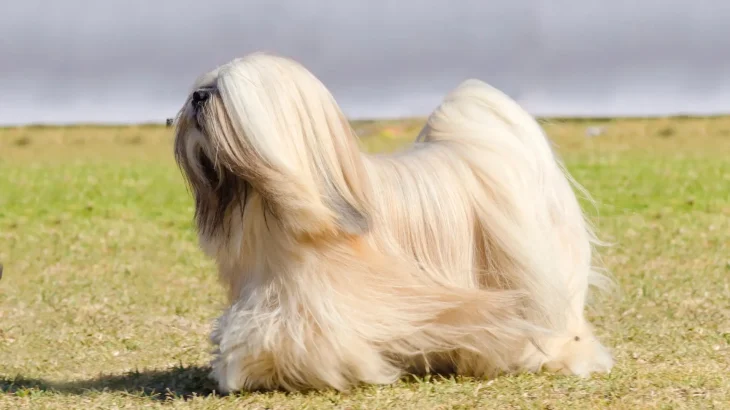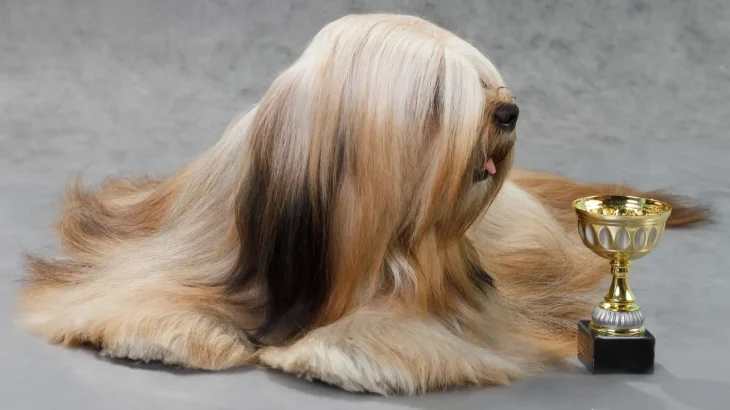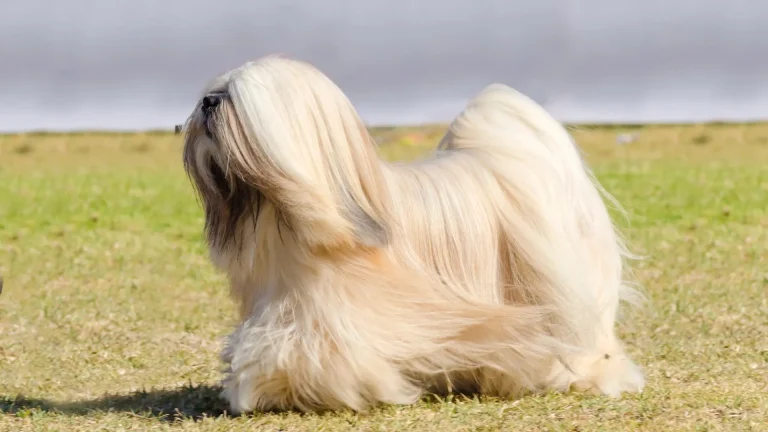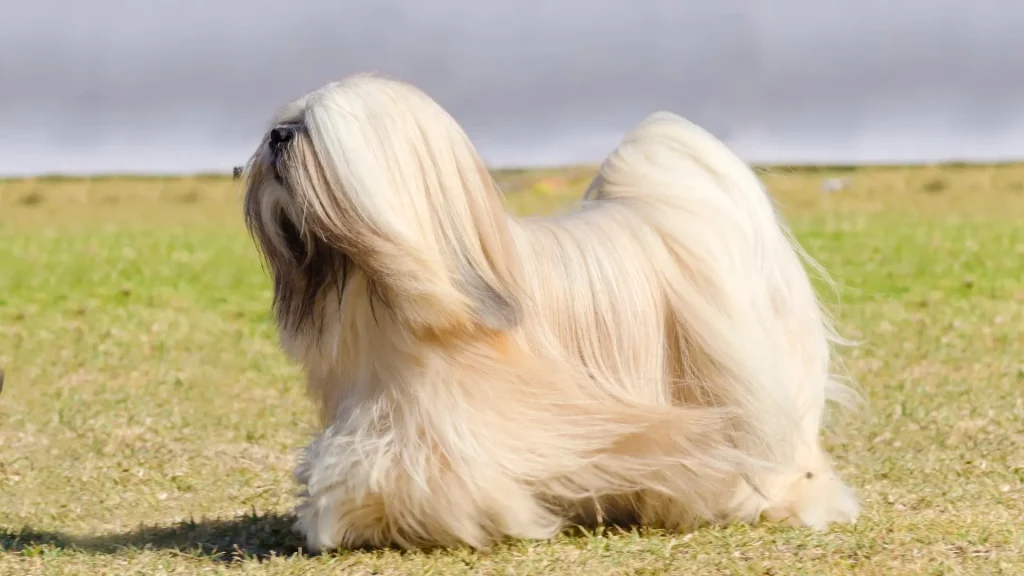Deciding whether to adopt or purchase a Lhasa Apso puppy involves weighing factors like cost, health assurance, and ethical considerations unique to this breed's care. Purchasing from a reputable breeder often offers detailed health insights and pedigree, while adoption supports animal welfare and may present a broader range of ages and backgrounds.
| Criteria | Buying from Breeder | Adopting from Shelter/Rescue |
|---|---|---|
| Cost | Higher initial cost due to purebred status and breeder expenses. | Lower adoption fees, often including basic medical care. |
| Health History | Comprehensive records and genetic screening for breed-specific issues like hereditary kidney dysfunction. | Health history may be limited or unknown; basic checks usually done at shelters. |
| Age Availability | Primarily puppies, allowing owners to raise and train early. | Variety of ages available, including adults, offering more choice based on lifestyle. |
| Temperament Insight | Breeders share information on lineage and behavior traits. | Shelter staff provide observed behaviors, but full background may be unknown. |
| Supporting Practices | Supports ethical breeding programs aiming to reduce genetic disorders in Lhasa Apsos. | Supports animal welfare by giving homes to dogs in need and reducing shelter populations. |
| Ethical Considerations | Important that breeders follow responsible practices to prevent hereditary health issues. | Adoption avoids contributing to overbreeding and puppy mills. |




















































